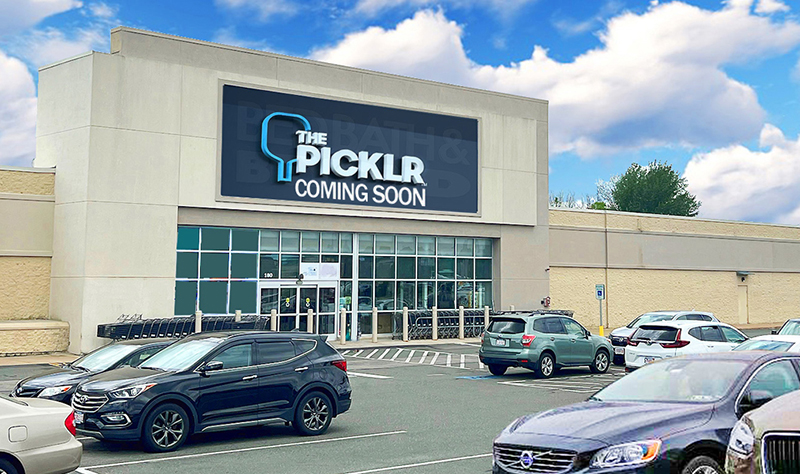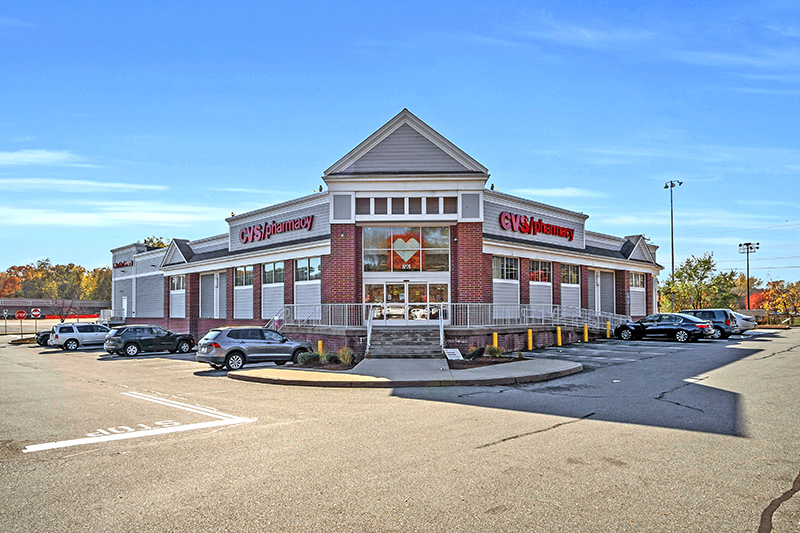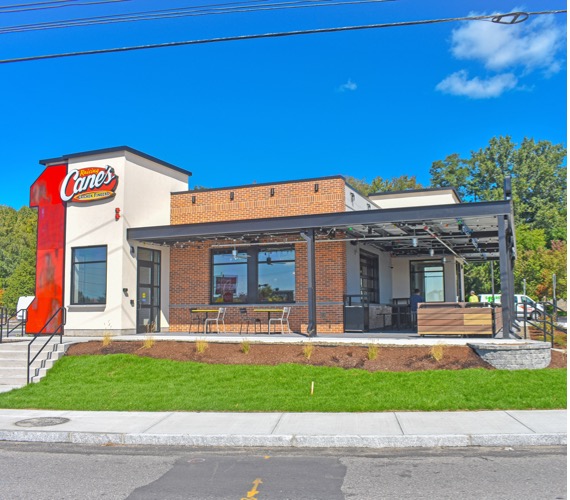News: Retail
Posted: February 27, 2014
Question of the Month: How do you improve fill sites to allow the use of spread footings without over excavation and replacement?
Commercial real estate development in Connecticut often faces ground issues due to sites underlain by non-engineered fill. A variety of geotechnical construction techniques exist for problem sites, including costly deep foundations. What other options do developers have available to remediate poor fills on a strict schedule and budget? Ground improvement is often the answer. Utilizing spread footings is an effective solution, saving both time and costs. The soil conditions dictate which techniques are most technically appropriate for the job and in the case of fill sites, Vibro Piers, a type of aggregate pier, can be a very effective and economical solution.
What are Vibro Piers?
Vibro Piers are short, stiff piers constructed of aggregate (crushed stone) densified with a vibratory probe. Vibro Piers reinforce soft to medium stiff soils for support of lightly to heavily loaded structures. The technique increases bearing capacity, reduces settlement, increases global stability, and decreases seismic deformations. It has been used for many small retail centers and standalone stores, as well as other structures such as embankments, tanks and towers. Construction of Vibro Piers is quick, and they are very effective at providing the necessary ground improvement.
Vibro Pier Construction
The pier location is initially predrilled to the full depth of typically 5 to 20 feet. A specially built vibratory probe (vibrator) is lowered vertically into the hole to the designed tip of the pier. Aggregate is then introduced into the hole and is compacted in lifts by repeated penetrations with the vibrator until the top of the pier is reached, completing the pier. The dense aggregate interlocks to form a stiff column that engages the surrounding soil. The resulting reinforcement provides adequate support for planned loads and keeps structural settlement within tolerable limits.
What about the Vibration?
Are there Risks?
The Vibro Pier system imparts low-amplitude vibrations unlike other installation methods where installers use a vibratory hammer to vibrate pipe into the ground. The low-amplitude vibrations do not damage adjacent structures or utilities.
How to Know if Vibro Piers
are Right for Your Site
A geotechnical investigation is necessary to determine your site's soil conditions. A geotechnical engineering consultant can then specify the proper technique that provides the structure with adequate support and limits settlement to tolerable levels. The soil properties, location of the groundwater table and variation of stratigraphy across the project site are determined. Based on this information, the consultant will determine if Vibro Piers or another ground improvement technique is appropriate for your site.
Verification Testing
Quality control and quality assurance plans are an essential part of any Vibro Pier program to ensure that the foundation system meets the project's needs. Quality Control includes procedural inspection and documentation of the work activity, pre-drill diameter and depth, and time and energy parameters. Vibro Pier rigs can be fully instrumented with an on-board computer data acquisition (DAQ) system to monitor the production's specific parameters, including air pressure, amperage, and depth versus time. The DAQ system also provides a graphical representation of the construction parameters. Monitoring in real-time allows operators to make adjustments during the construction process, optimizing densification procedures and keeping the constructed pier within project specifications. Design parameters are confirmed with one or more pre-production load tests on piers constructed to the production work specifications and in locations similar to production locations.
Summary of Vibro Piers
Advantages
Vibro Piers reduce construction schedules and are one of the least expensive ground reinforcement methods, offering a cost savings over deep foundation designs. Vibro Piers offer superior ground improvement by imparting the highest energy of any aggregate pier system, permitting construction on soft or undocumented granular fills common to the New England commercial real estate market. The low-amplitude vibrations imparted by the Vibro Pier system allows construction near existing structures and utilities. DAQ systems allow real-time monitoring and adjustments to ensure all design specifications are met throughout construction. Vibro Piers increase bearing capacity, reduce settlement, increase global stability, and decrease seismic deformations, providing effective solutions for planned buildings on fill sites. This system also substantially reduces off-site disposal versus excavate-and-replace; off-site disposal is increasingly regulated and costs continue to rise in the Northeast.
Kevin Dawson is senior project manager for Hayward Baker Inc., Cumberland, R.I.
Tags:
Retail
MORE FROM Retail
Mace of KeyPoint Partners negotiates 36,192 s/f lease for The Picklr at Endicott Square
Danvers, MA KeyPoint Partners (KPP) negotiated a lease with the nation’s premier indoor pickleball venue The Picklr at Endicott Sq. Vice president of retail brokerage Don Mace negotiated the transaction on behalf of the landlord.




.jpg)


.png)
